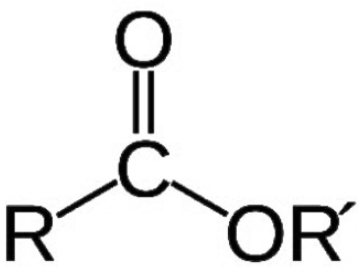A chemical compound derived from an acid (organic or inorganic) in which at least one –OH hydroxyl group is replaced by an –O– alkyl (alkoxy) group. Esters are also usually derived from carboxylic acids. It may also be obtained by reaction of acid anhydride or acid halides with alcohols or by the reaction of salts of carboxylic acids with alkyl halides.

Polyethylene Glycol (PEG) of various molecular weights with Oleic acid. The lower molecular weight versions are oil soluble, the med and higher molecular weight versions are water soluble, all are water dispersible. Dioleate PEG esters are good emulsifiers or co-emulsifiers in cleaners, lubricants, greases and metalworking fluids. The higher (400, 600) are used as emollients in creams and lotions in hair care and bath products. Dioleate PEG esters have low volatility and are effective wetting agents.
HLB: 5.8
pH1% 5.0 – 7.0
Appearance: Clear, yellow to amber liquid
Acid Value: <5 mg KOH/g
Solids: >98%
Solubility: Oil soluble, water dispersible
APPLICATIONS: Effective wetting agent, viscosity modifier. Used as surfactant in cleaners, lubricants, greases and metalworking fluids. Acting as an emulsifier, scouring agent and giving lubrication.
Bring our expertise to your business. Let’s build valuable bonds together.